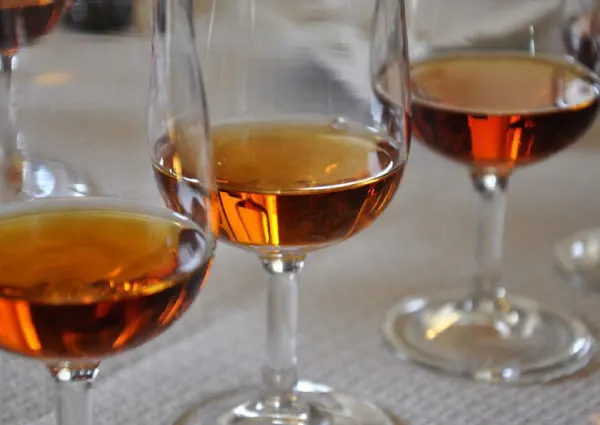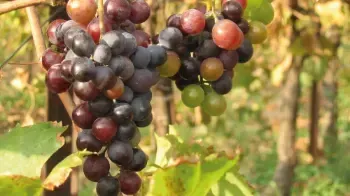Moscatel de Setúbal is a fortified wine with a graduation between 16º and 22º vol. Moscatel de Setúbal is made from just two grape varieties, has a golden color and strong citrus and sweet features.
The history of the Moscatel of Setúbal
It is on the Setúbal Peninsula, in Portugal, that Moscatel of Setúbal is born, one of the best known wines in the country.
This wine was traditionally made with a minimum of 67% Moscatel grapes, however, under European Union legislation, today the wine must contain at least 85% Moscatel in order for the name of the grape to be present on the label of the bottle.
The fame of this wine grew in the second half of the 14th century, when Richard II of England became a consistent importer of Moscatel de Setúbal. In the 15th and 16th centuries, Moscatel traveled in ships towards India. After the Portuguese Discoveries, wines were transported on long journeys to Portuguese colonies and often made the journey in barrels exposed to the sun, which made the quality of the wine improve.

Image: PÚBLICO Ímpar
Types of Moscatel of Setúbal
Moscatel Superior – wines with a minimum age of five years and that obtained through the chamber of tasters the classification of outstanding quality.
Moscatel of Setúbal Vintage – it means that the wine is not a blend (mixture of lots of different grapes), but only from that harvest year.
Moscatel of Setúbal NV – Moscatel blend (mixture of different grapes lots), that is, in its lot there are Muscat wines from different years of harvest.
Grape varieties of the Moscatel of Setúbal
Moscatel de Setúbal is made from only two grape varieties: Moscatel de Setúbal or Moscatel Roxo.

Image: ALEMDOVINHO
Moscatel de Setúbal - It is widely used for table grapes and widely grown in the Mediterranean basin. On the slopes of Arrábida, you will find the terroir that best reflects its virtues. In the region of Setúbal it appears many times without being wired, forming shrubs, with large bunches and berries.
Moscatel Roxo - Known in the 19th century, it was one of the grape varieties that suffered most from phylloxera and stopped planting. Both the purple variety and the white variety have always developed better on the slopes of the Serra da Arrábida, on the calcareous terrain and in the cooler areas. It is a variety that does not lose aroma with fortification, and at the time of fermentation it develops a floral aroma; however, that floral side can dissipate with hoof aging.
Duration of the Moscatel of Setúbal after opening
Unlike most wines, which last about 3 or 4 days open without losing quality, Moscatel de Setúbal can last up to four weeks after opening without losing its characteristics.
Ideal temperature for drinking Moscatel of Setúbal
The ideal for this type of wine is that it is served at a temperature between 10º to 12ºC. However, if you serve an older Moscatel, in order to take advantage of its richness, the temperature should be between 12º to 14ºC.
Harmonization of Moscatel of Setúbal with food
Moscatel de Setúbal is a very versatile wine and can be combined with numerous dishes. Among them we have:
Desserts – They are ideal to accompany this wine, this being a dessert wine.
Dried fruits – In addition to being a dessert wine, Moscatel goes very well with all kinds of nuts, even the most salty ones, as it makes a nice contrast.
Orange – The orange aroma is one of the most found aromas in the Moscatel de Setúbal, which makes all kinds of desserts based on orange and citrus a good option as an accompaniment.
Cheese – Azeitão cheese, produced in the same region as Moscatel de Setúbal, is a great option.
You can find Moscatel de Setúbal wines on our website: click here.
 Portugal
Portugal Spain
Spain France
France Germany
Germany United Kingdom
United Kingdom Monaco
Monaco



